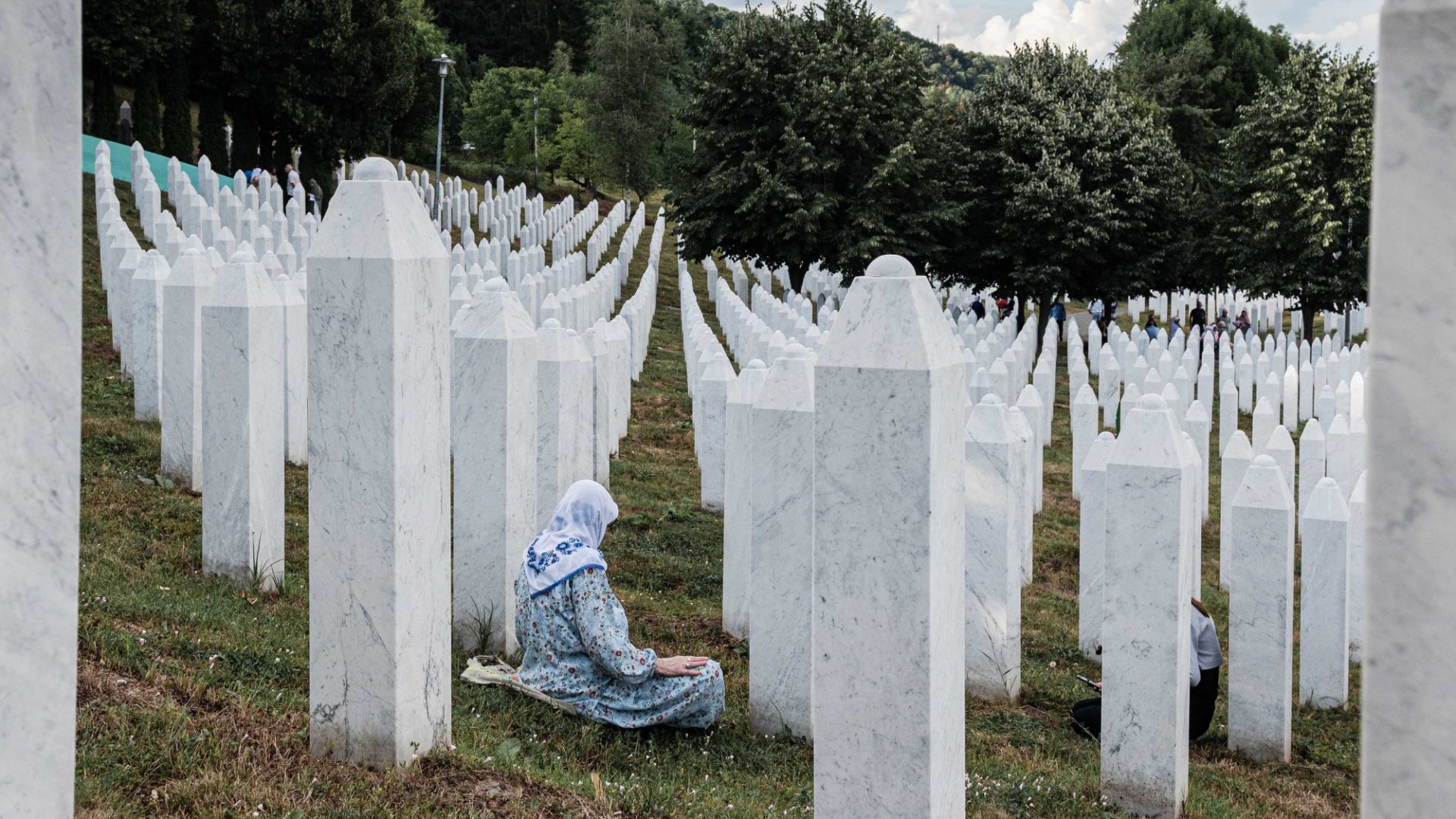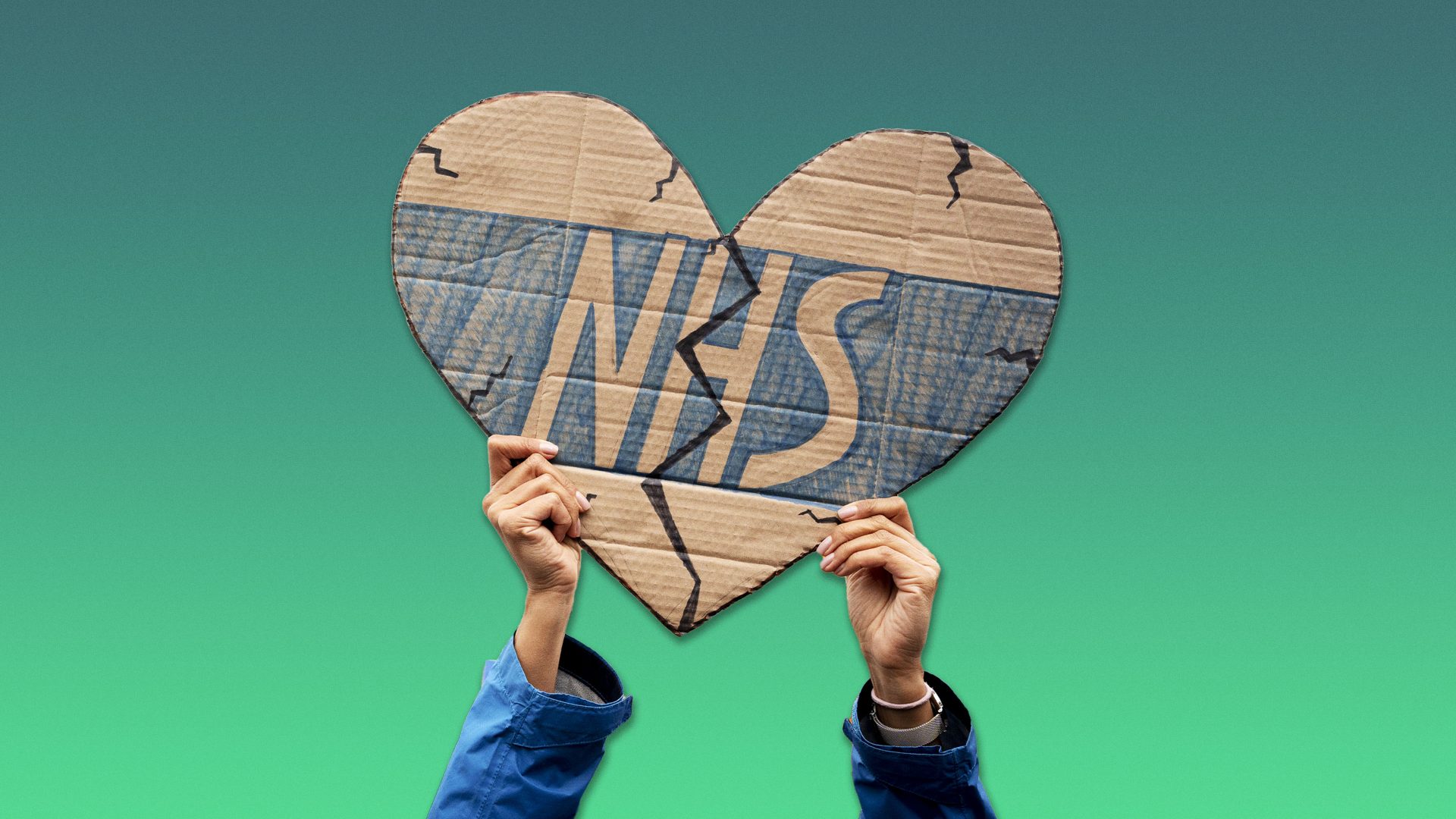1. The Ukrainian capital, Kyiv, stands on the Dnieper, nearly 1,000km from its mouth on to the Black Sea. Once a small settlement on the western bank, today just shy of three million people occupy around 780 sq km spreading across the river: a population equivalent to that of Greater Manchester in an area roughly half the size of Greater London.
2. Although Kyiv lies south of almost the whole of England – it’s roughly level with Torquay – its continental climate means hotter summers and colder winters, and the city tends to be blanketed in snow for several months a year.
3. Urban settlements in the region date back millennia: the Neolithic Trypillya culture were building the “megasites” sometimes described as Europe’s first cities as early as the 4th millennium BC. But the city’s traditional founding date is 482 AD, when either St Andrew or a sister and three brothers, the eldest named Kyi, passed through and decided this looked like a pretty cool place to build a church and/or city (accounts vary). Archaeologists, alas, indicate that the city actually dates from at least a century, and possibly as much as four centuries, later. Spoilsports.
4. Whenever the place got started, it had a pretty illustrious medieval history. The centre of a rich agricultural region, in the 9th century it was seized by the Varangians (eastern Vikings) – which doesn’t sound great, but made the city an important trading post on the “water road” bringing goods from Constantinople. From there it became the centre of the first eastern slavic state, Kyivan Rus’, a vast and prosperous polity from which Ukraine, Russia and Belarus all claim descent. After 988, when Grand Prince Volodymyr – known variously as St Volodymyr and Vladimir the Great (there’s a statue of him in Holland Park) converted to Christianity, it was the centre of the eastern church, too.
5. Nothing lasts for ever, though, and a combination of infighting and war with assorted nomadic tribes (Khazars, Pechenegs et al) weakened Kyivan Rus’ enough that, in 1240, one slight Mongol invasion was enough to destroy most of it. After the Mongols, it was dominated by the Grand Duchy of Lithuania; then by the unified Polish-Lithuanian Commonwealth, through which it became part of Poland; then trampled by the long period of 17th-century wars known as (this is not a good sign) the Ruin. That ended in the 1686 Treaty of Eternal Peace between Poland and Russia, in which control of the city passed for the first time to Moscow. After which, everything was probably fine.
6. A strong candidate for the worst day in Kyiv’s history must be September 19, 1941, when the Nazis arrived: nearly 34,000 of the city’s Jews were massacred within days. Soviet forces retook Kyiv on November 6, 1943, but nearly half the city was destroyed in the process. (Not for nothing has the historian Timothy Snyder described this part of Europe as the “Bloodlands”.) The government in Moscow honoured this sacrifice by awarding Kyiv the title of Hero-City and the Order of Lenin. Which must have been very comforting.
7. Another iffy day came on May 1, 1986, when the Soviet authorities declined to cancel the May Day parade – even though they were aware of the dangerous levels of radiation being blown south from the Chernobyl nuclear power station, then going into meltdown 65 miles to the north.
8. It’s easy to reduce the history of a city we hear of mainly due to war to a series of tragic headlines: just this century, there’s been the 2004-05 Orange Revolution (protests against fraud and ballot-stuffing in favour of a Russian-backed presidential candidate), the 2013-14 Euromaidan protests (against the decision by the same man, by then president, to re-orientate Ukrainian foreign policy from west to east), and a series of 2015-16 power outages blamed on Russian intelligence (you may be noticing a pattern). So here are some other facts about a great and venerable European capital.
9. The city is a major manufacturing hub, containing a thriving chemical industry, plus factories making products including rubber, linoleum, aircraft and motor vehicles.
10. Kyiv has three metro lines, 21 tram lines and the largest trolleybus network in the world, plus a funicular railway to carry visitors up the steep right bank of the Dnieper.
11. At the top of that hill lies a park offering magnificent views and containing an open-air theatre and sports stadium. Other major sites include Trukhaniv Island in the Dnieper, where you’ll find a beach right next to the city centre; the 11th-century Cathedral of St Sophia; and the ruins of the 11th-century Golden Gate.
12. Finally, since 2018, the Ukrainian foreign ministry has run the online “KyivNotKiev” campaign. The former spelling stems from a transliteration of the city’s Ukrainian name: the latter, the one used by the Russians.
Suggested Reading


Nerd’s Eye View: 10 things you need to know about Labour deputy leaders
482 AD
Date of legendary founding of the city
2.9 million
Estimated population in 2022 on the eve of the Russian invasion
26.5C
Mean daily maximum temperature, July (London: 23.6C)
-0.8C
Mean daily minimum temperature, January (London: 8.5C)




